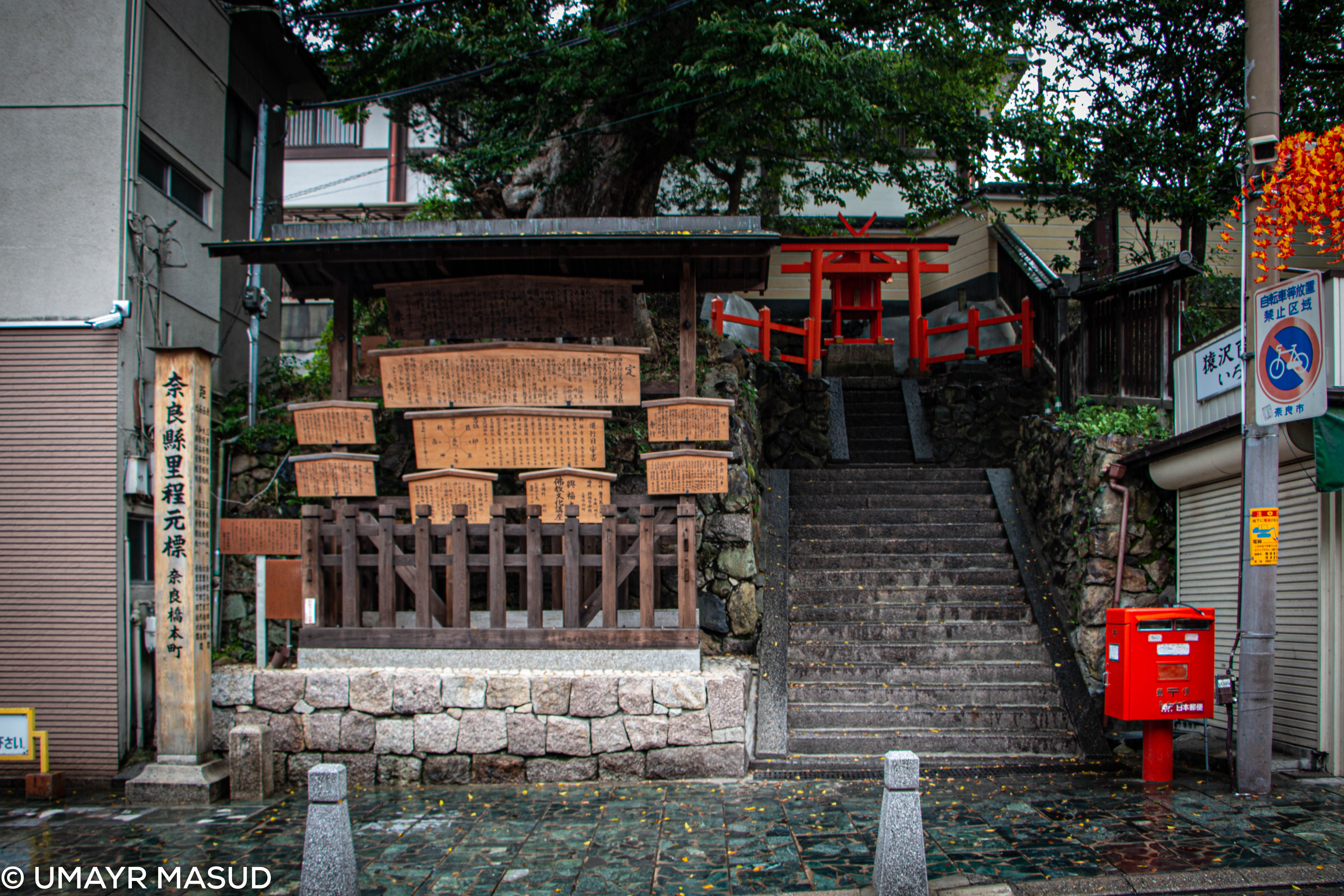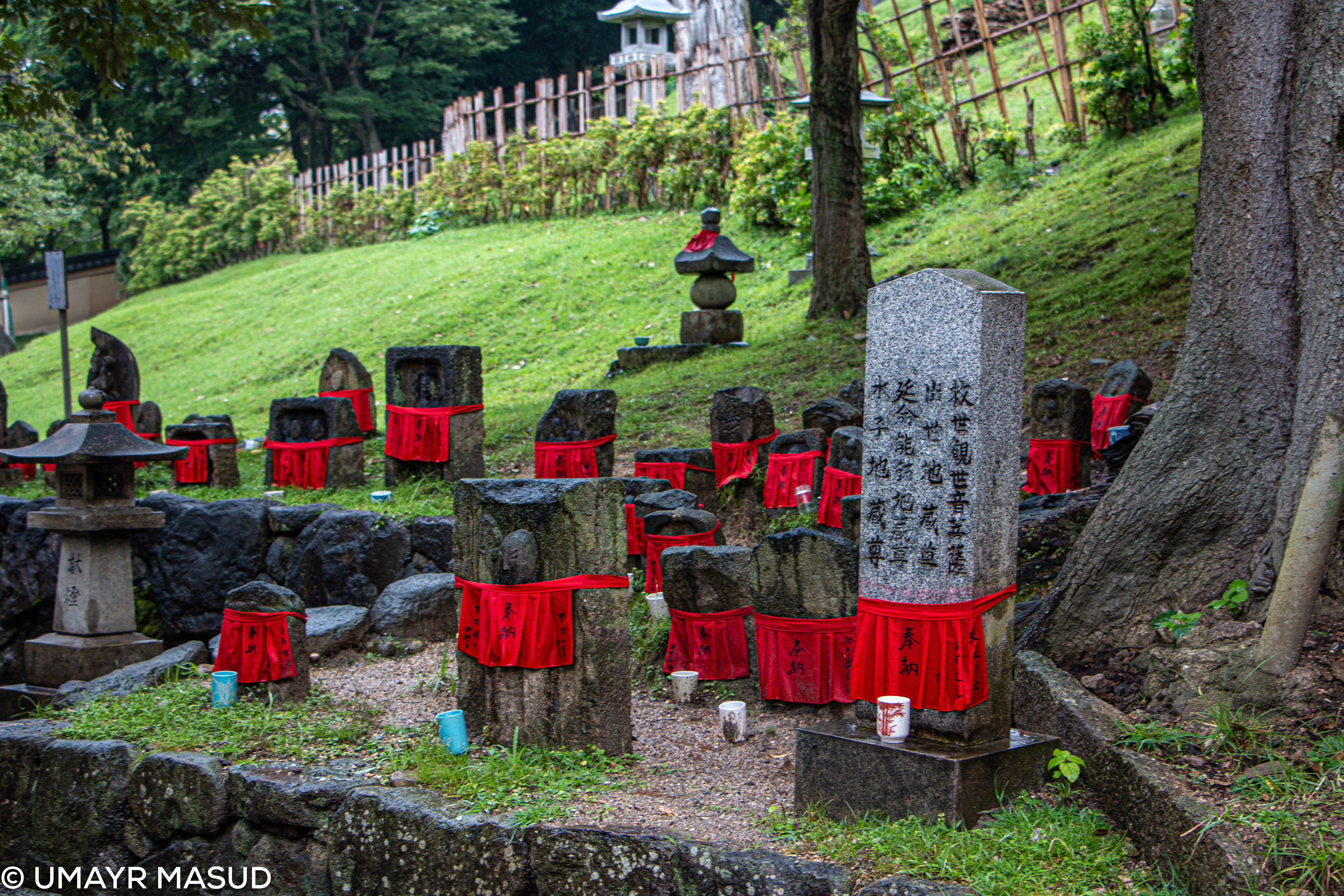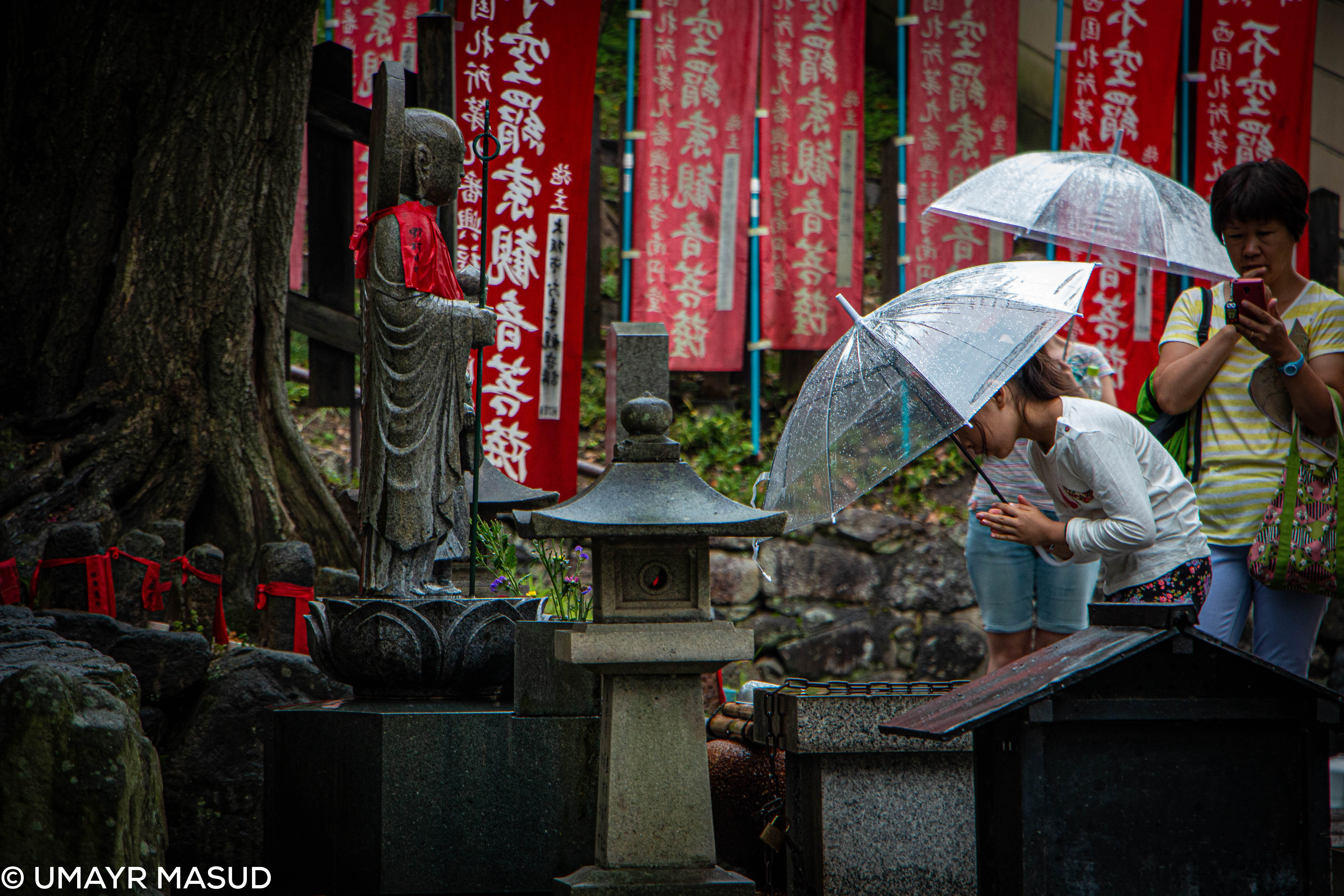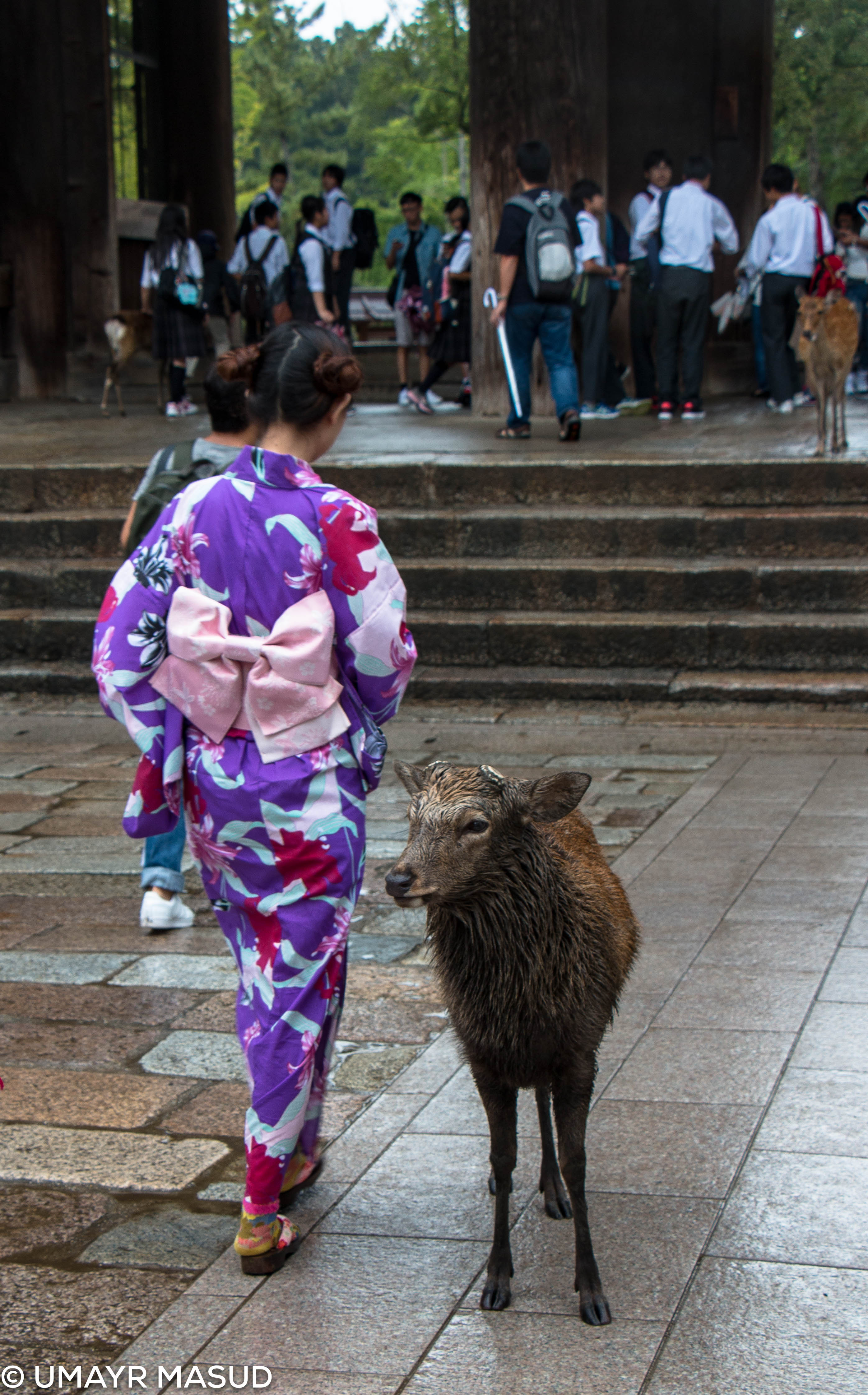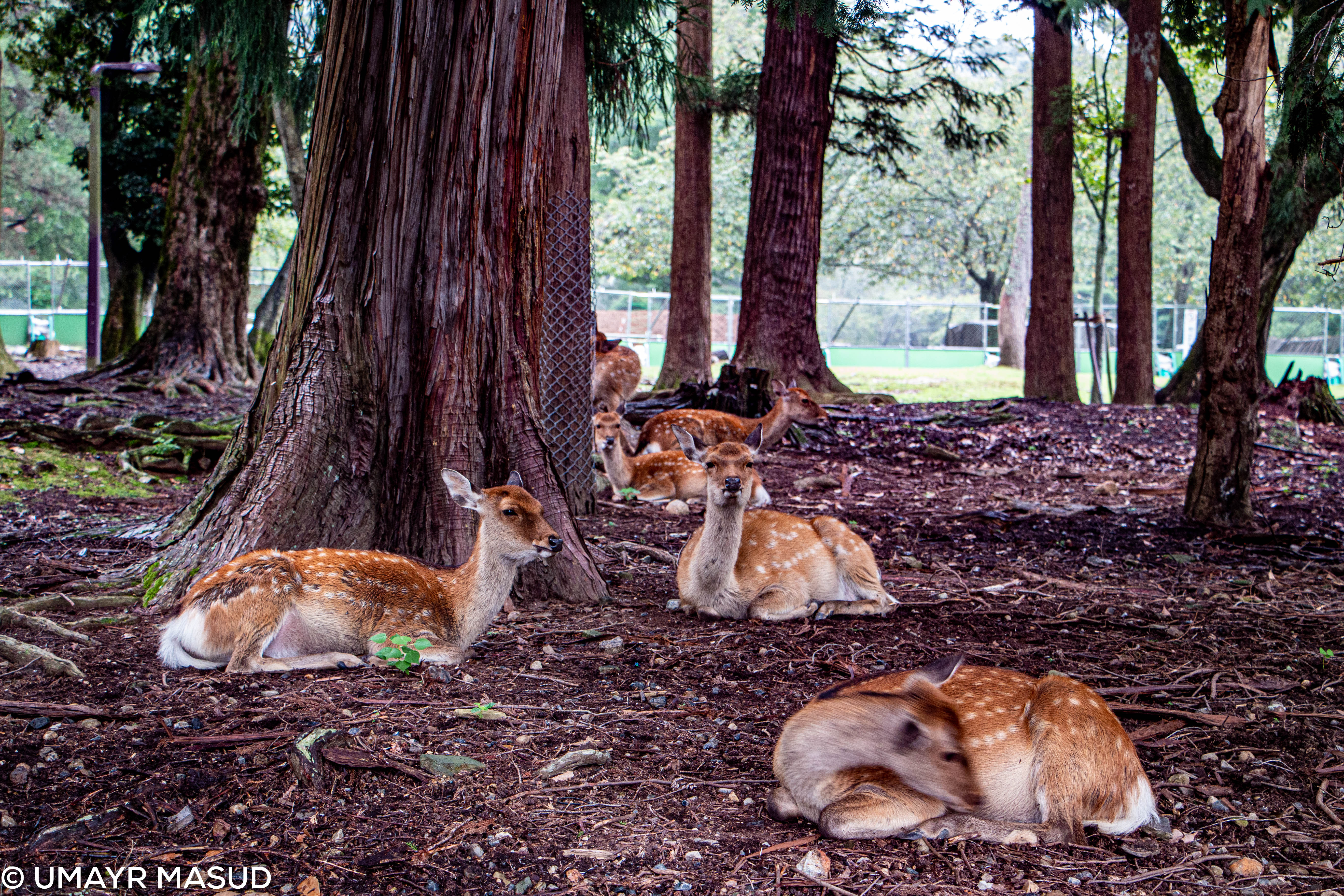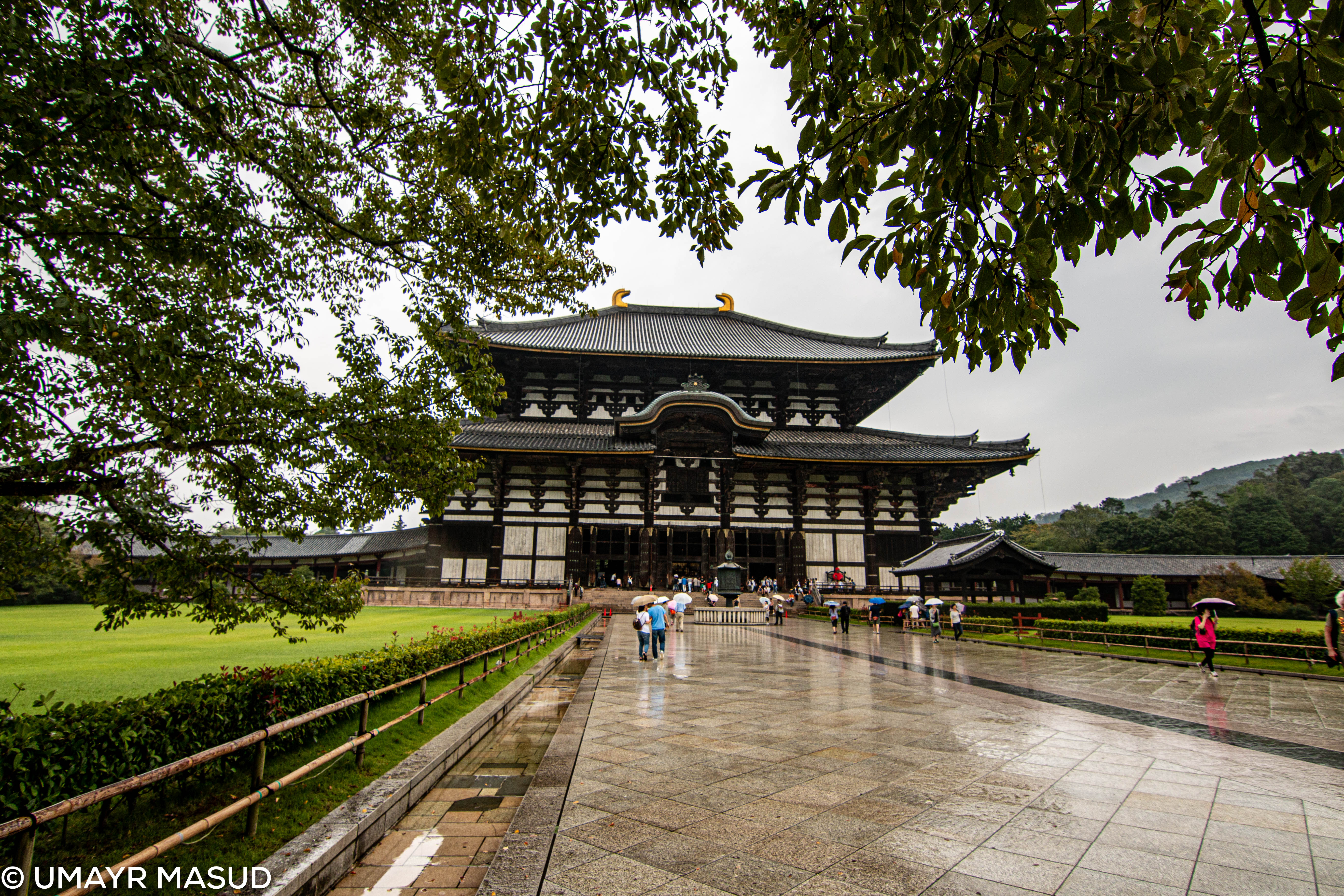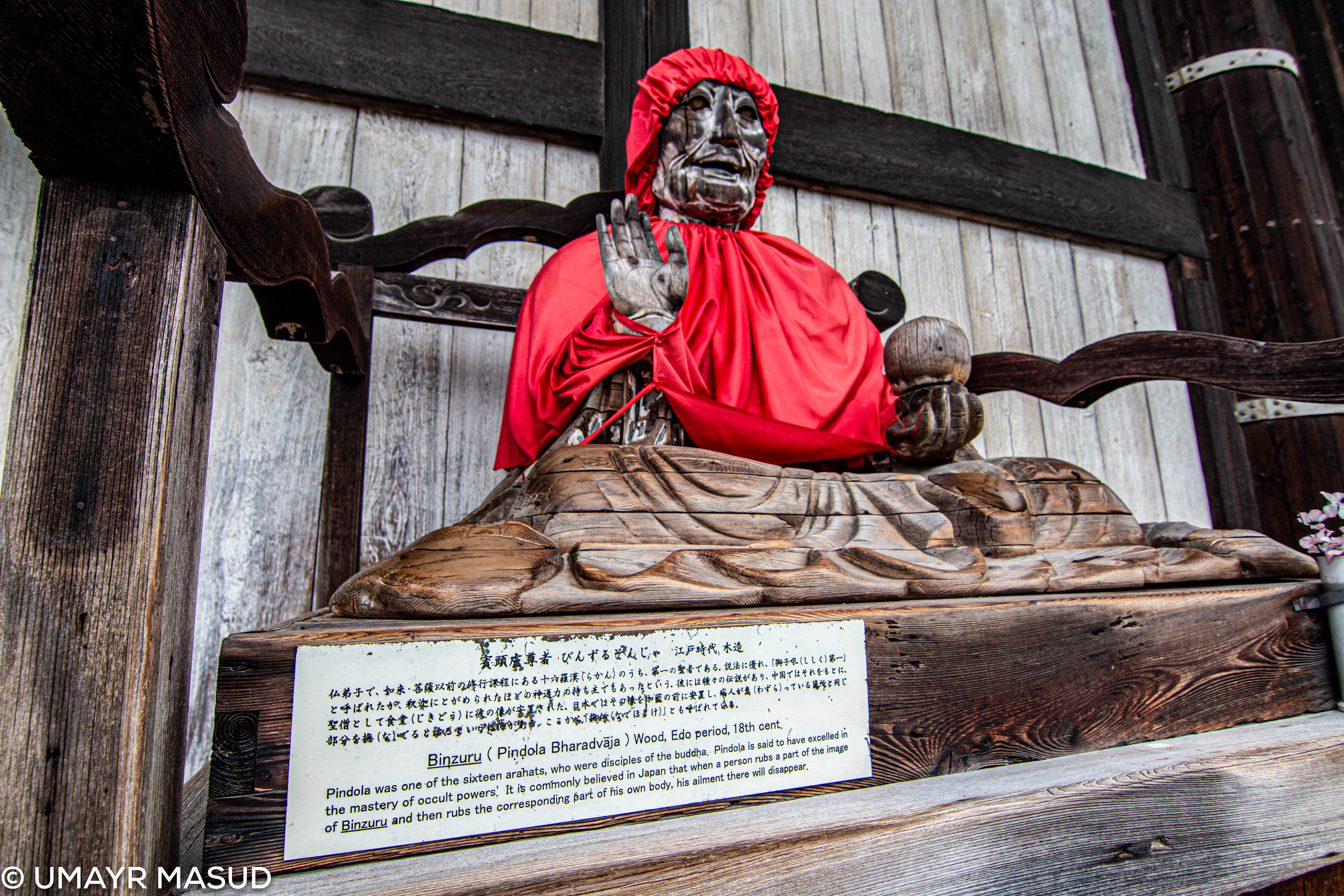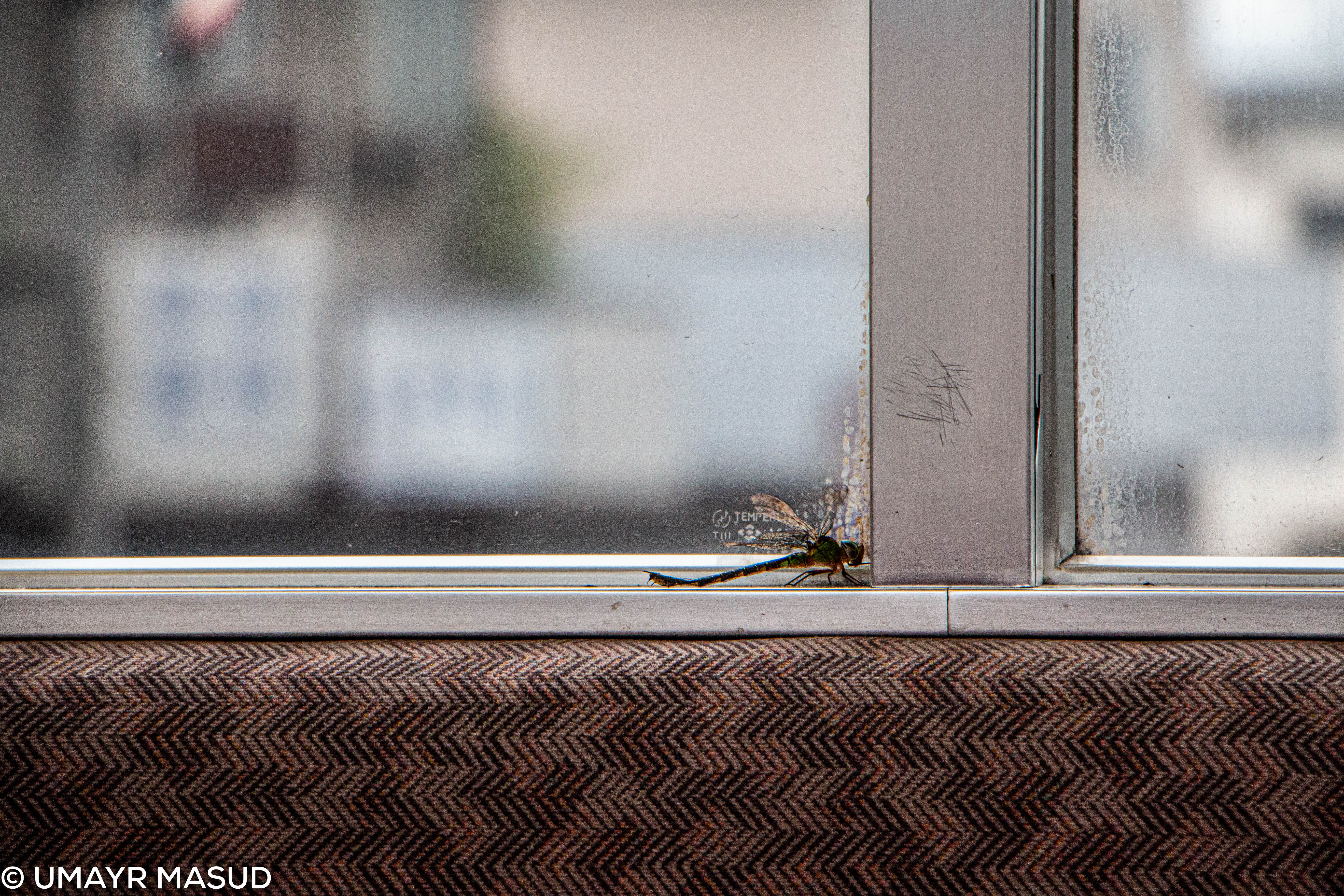natsukashii 懐かしい a feeling that warms the heart because it brings back memories
In 2015, I visited Japan with my niece and my friend. Among the many things that amazed me was the culture, the cleanliness and the methodic way everyone lived a spiritual connected life.
We visited the city of Kyoto and someone had told us to visit the city of Nara. Having no idea about the city, as we entered we were in a fairy tail.
Nara is a city where there are free roaming deer’s in the street. We had our hotel right in the front of the Kyoto Railway station, called Hotel Granvia.
That day a typhoon was entering Japan and there was a slight drizzle going on already.
The train to Nara was a local train, going through beautiful areas. The local train drivers are fantastic too, they announce the stations, talk about misc. things, and then check each cabin for anyone that might need help in disembarkation. If there is someone who needs help (is on a wheelchair etc) , they inform the station they have to get off on, there people are already present to assist that person.
We got off at Nara, it seemed ordinary enough, the station led to a covered market. We walked towards the end of the market and the Tori gates started to appear. We seemed to be on the right path. Something Magical had started to happen. It seemed like we were stepping back in time.
As we walked further in the sounds of nature enveloped us. Japan usually is very quiet. People in general tend to be polite about not talking on their phones in the metro trains, or public transport in general.
Nara used to be the capital of Japan in the ancient times. A lot of temples around Nara park were part of a pilgrimage people used to make. The temples are unique and have different architecture.
(Nanto Shichi Daiji (南都七大寺), literally "the seven great temples of the southern capital (meaning Nara)", is a historical common name generally referring to the powerful and influential seven Buddhist temples located in Nara. ) wikipedia
With a history of more than 1,300 years, Kohfukuji is one of Japan’s oldest and most famous Buddhist temples.
Its history begins in 669, when Kagami no Ōkimi (d. 683) founded a Buddhist chapel, Yamashinadera, in modern-day Kyoto Prefecture to pray for the recovery of her husband Fujiwara no Kamatari (614–669) from illness. In the wake of the Jinshin Rebellion of 672, the temple was moved to Umayasaka in Nara Prefecture (where it was renamed Umayasakadera), and then relocated to its present site at the time of the establishment of the Heijō Capital (now the city of Nara) in 710. Under the patronage of Kamatari’s son, the great statesman Fujiwara no Fuhito (659–720), the temple was renamed Kohfukuji, “the Temple that Generates Blessings,” in reference to a Buddhist scripture called the Vimalakīrti Sutra. (https://www.kohfukuji.com/english/)
As we neared the park , we started to meet the magnificent deer of Nara
The temples around this area are from the same time that Islam had started in Arabia. And even though they have been rebuilt at times , due to fires etc. they still have their character and calmness still within them.
Tōdai-ji (東大寺, Eastern Great Temple) is a Buddhist temple complex that was once one of the powerful Seven Great Temples, located in the city of Nara, Japan. Though it was originally founded in the year 738 CE, Todai-ji was not opened until the year 752 CE
--Wikipedia
In Japan, Pindola is called Binzuru (賓頭盧, びんずる), a short form of Bindora Baradaja (賓度羅跋囉惰闍, びんどら ばらだじゃ), and is arguably the most popular of all the Arhats. The monastery refectory near Tōdai-ji Temple at Nara has a large wooden statue of Binzuru, depicting him seated in the lotus position. Statues of him are usually well worn, since the faithful follow the custom of rubbing a part of the effigy corresponding to the sick parts of their bodies, as he is reputed to have the gift of healing. Nagano, whose Zenkoji temple also hosts a well-worn Binzuru statue, stages a yearly Binzuru festival.
He is also very frequently offered red and white bibs and children's caps to watch over the health of babies, so that his statue is often decked in rags. He is represented in painting as an old man seated on a rock, holding in his hand a sort of sceptre (a Japanese shaku), or a sutra box and a feather fan. All the other Arahants are usually worshipped in Japan in his person.
--wikipedia
Story time: On our way back from Nara, we had taken a local train to Kyoto. The local train stops on a lot of stations, the train driver is a nice guy who speaks about misc. things from the PA system on the train. Sometimes talking about what to see in the area , sometimes general info about other stations and what connections you can get. Everytime there is a longer stretch between two stations, he'd leave his cabin bow down after opening the door .. reach the end of the cabin, bow down again than open the door and go through the whole train. What he is looking for is if there is someone who would need assistance on the next stations. If someone is on a wheel chair and would need a wheel chair ramp etc.
While he was doing this , we had a dragon fly stuck in our cabin .. sitting at the window, and every now and then trying to leave, but unable. The train conductor saw this, on the next station he opened the vents above the windows and kept the doors of our cabin open .. and helped the dragon fly out without harming it.

